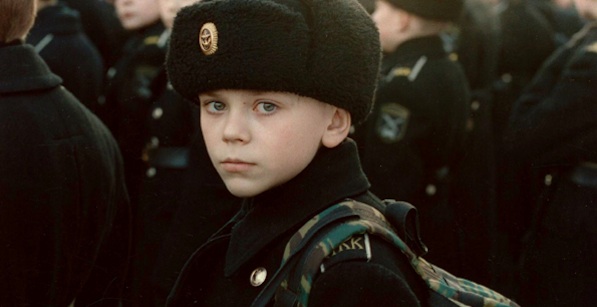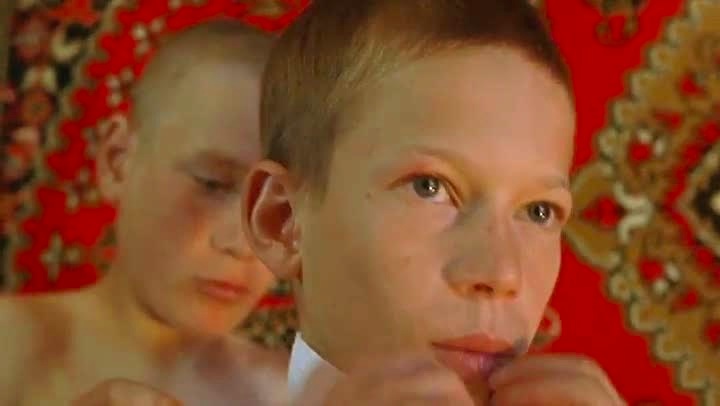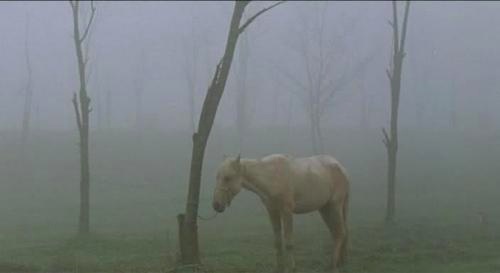Earlier this month, a group of gunmen took over an office building in the center of Grozny, the capital of Chechnya. After a multi-hour shootout, twenty people were left dead, roughly ten militants and ten police officers, according to reports. A few hours later, in his annual state-of-the-nation speech, Russian President Vladimir Putin declared, “These rebels have showed up in Chechnya again,” he said. “I’m sure the local law enforcement authorities will take proper care of them.”
Indeed, Russia’s brutal crackdown on Muslim militants in Chechnya is infamous—the country’s Russian-backed strongman Ramzan Kadyrov—a.k.a. “The Ruler”—vowed after the incident to “deport” the militant’s families and “level their houses.” A week later, masked men reportedly entered a village and set four homes ablaze.
So much for the tentative peace in the region, which despite a lull in violence since 2009, has come with heavy tolls: displacing hundreds of thousands and killing more than 150,000 people.
Made in the early 2000s, deep into the Second Chechen War, Finnish filmmaker Pirjo Honkasalo’s The 3 Rooms of Melancholia offers a startling snapshot of the human cost of the Russian-Chechen conflict.
Winner of awards at the Full Frame, Thessaloniki, CPH:DOX, and Amsterdam documentary festivals, the film follows three groups of children in three distinct segments: “Longing” focuses on Russian children, many of whom are orphans, with parents away at war, training to become soldiers; “Breathing” provides a distressing portrait of Grozny at the height of the conflict, as three young siblings are rescued from uncertain circumstances; and “Remembering,” the final segment, travels to a refugee camp on the outskirts of Grozny, populated by Muslim adults and children whose lives have been shattered by the conflict.
Though it’s been ten years since the film’s fall 2004 premiere at the Venice Film Festival, The 3 Rooms of Melancholia is a timeless elegy for the victims of war. Here’s why:
1. It shows how insurrection and state violence takes a toll on all sides.
Though the film is divided into three segments, the children in each of its sections are united by the same sense of waywardness, holding little control or understanding of what has put them in these places, whether a military academy on an island near St. Petersburg, in the film’s first part, or a refugee camp, in its last part.
In both these sections, the film includes images of Russian and Chechen children watching news footage of the deadly 2002 Moscow theater hostage crisis, where forty militants and at least 133 hostages were killed after Russia’s Federal Security Service pumped toxic gas into the building before raiding it. Do the young Russian soldiers-in-training see victory? Do the Chechen youngsters see defeat? More likely, they simply see death and destruction, and the insane source of violence and counter-violence that has deprived them of their families.
2. It includes one of the saddest sequences you’ll ever see on film.
In the second section, filmed in black and white, amid the bombed-out and bullet-ridden buildings of Grozny, Honkasalo introduces viewers to a middle-aged woman, Hadizhat, who “collects children from the ruins of Grozny.” She knocks on the door of a seemingly random apartment, and after a while, is finally let in by a young boy. “Is mother at home?” she asks. We see an older child rocking a toddler’s crib, and then we come upon their mother in bed, with her crying young son tending to her. “Mother may get better and then you can return,” says Hadizhat.
The situation becomes immediately clear: without their mother able to take care of them, the kids must become refugees. The youngest, a little girl with wild hair, puts bread in her mother’s mouth, while the teary boy begins to stroke his mother’s face. Soon, all the children are crying and hovering over their mom, touching her cheeks and wiping her own tears away. It’s time to go—the wailing gets louder and louder—and then one last weeping embrace and quick kisses—before Hadizhat takes the kids and closes the door. The mother is alone, still in bed. We see a few bubbles from a bottle of carbonated water. Then a shot of the black-stained wall, emptiness.
3. It’s heartbreakingly beautiful.
Throughout the entire film, there is only one image of the sun—an orange orb near the horizon, visible between streaks of black clouds—which is less a symbol of hope and more just another sign of these peoples’ unending cycle of sadness. Shrouded in mist and fog, Honkasalo’s Russia is filled with grayish post-apocalyptic landscapes: the dilapidated mosque, where refugees engage in singing prayers, looks more like an abandoned bomb shelter than a place of worship; nearby tied-up horses, unknowing casualties of war, hear explosions in the distance. Wide-eyed children, shell-shocked and seemingly vacant, look outside windows and hear signs of gunfire and possibly wonder if they’ll ever see their families again. And nineteen-year-old Milana, who we learn was raped at age twelve, holds a little girl, Kiki, in her lap, with tears in her deeply anguished eyes, and then prays to Allah, “Save me from shame.” A requiem for these lost souls, The 3 Rooms of Melancholia feels and also sounds like an old-world dirge—with an original choral-infused classical orchestral soundtrack that evokes the mourning of an ancient war that seems to never end.






